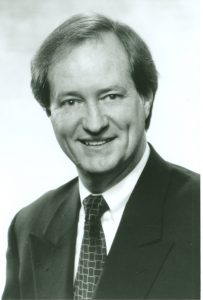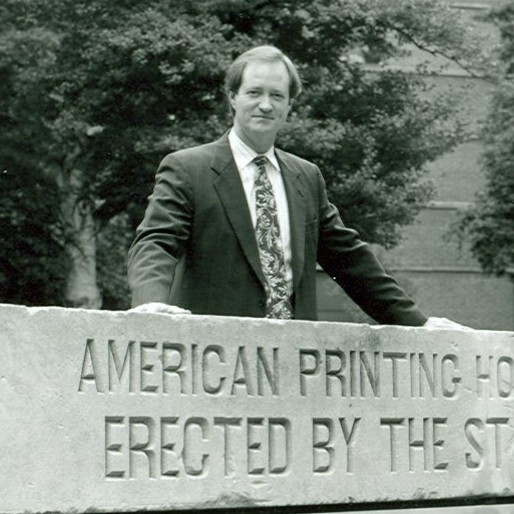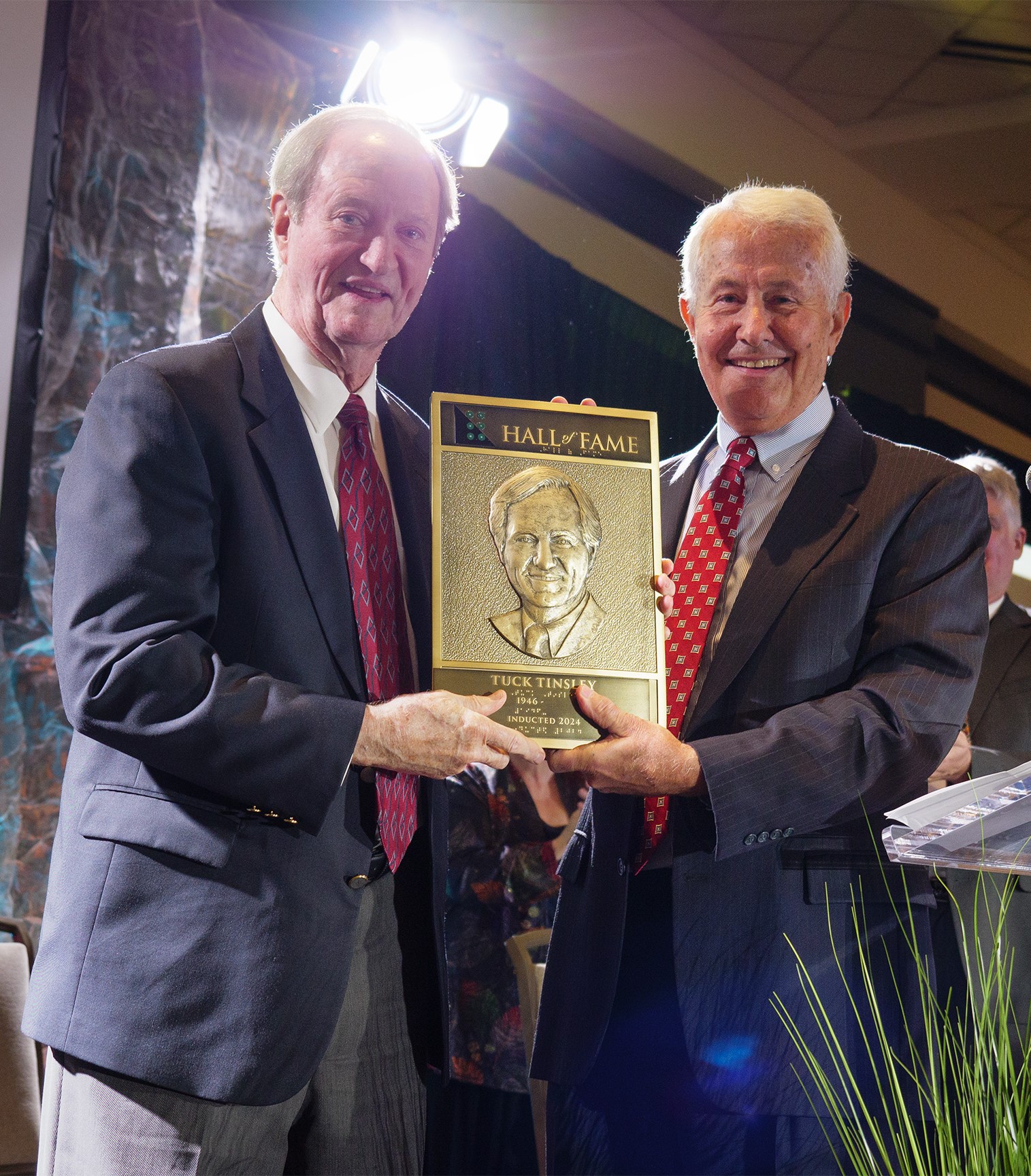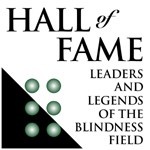Tuck Tinsley
 Dr. Tinsley’s career began at the Florida School for the Deaf and Blind where he was a math teacher, assistant principal, and then principal. The Board of the American Printing House for the Blind (APH) recruited him to join APH as President in 1989. The Board challenged Dr. Tinsley to lead APH into a new phase of its nearly 130 years of existence. As APH entered into the relatively new world of assistive technology and more advanced production practices, this focus attracted talented new employees. New products resulted in new opportunities for students and adults in classrooms and boardrooms across the country.
Dr. Tinsley’s career began at the Florida School for the Deaf and Blind where he was a math teacher, assistant principal, and then principal. The Board of the American Printing House for the Blind (APH) recruited him to join APH as President in 1989. The Board challenged Dr. Tinsley to lead APH into a new phase of its nearly 130 years of existence. As APH entered into the relatively new world of assistive technology and more advanced production practices, this focus attracted talented new employees. New products resulted in new opportunities for students and adults in classrooms and boardrooms across the country.
In Washington, D.C. Tinsley presented to the Subcommittee on the House Labor, Health and Human Services, Education, and Related Agencies to advocate for the education of students who were blind or had low vision. His excitement for the mission of APH was evident and resulted in steadily increasing funding.
 Using his national platform, Dr. Tinsley was unwavering in his support for braille literacy. His efforts and published articles proved that new braille production techniques and digital braille displays were making even more braille available.
Using his national platform, Dr. Tinsley was unwavering in his support for braille literacy. His efforts and published articles proved that new braille production techniques and digital braille displays were making even more braille available.
With funds from the APH endowment, Dr. Tinsley authorized the National Prison Braille Center to be created and housed at APH. This allowed for a more coordinated effort among what had been isolated programs around the country. As a result of this network, textbooks and tactile graphics were reaching students much more quickly.

Dr. Tinsley’s career has always been about kids who were blind or low vision and his desire to make things better than he found them. Whether in the classroom, the boardroom, or on the world’s stage – he has spent his life’s work doing just that.
